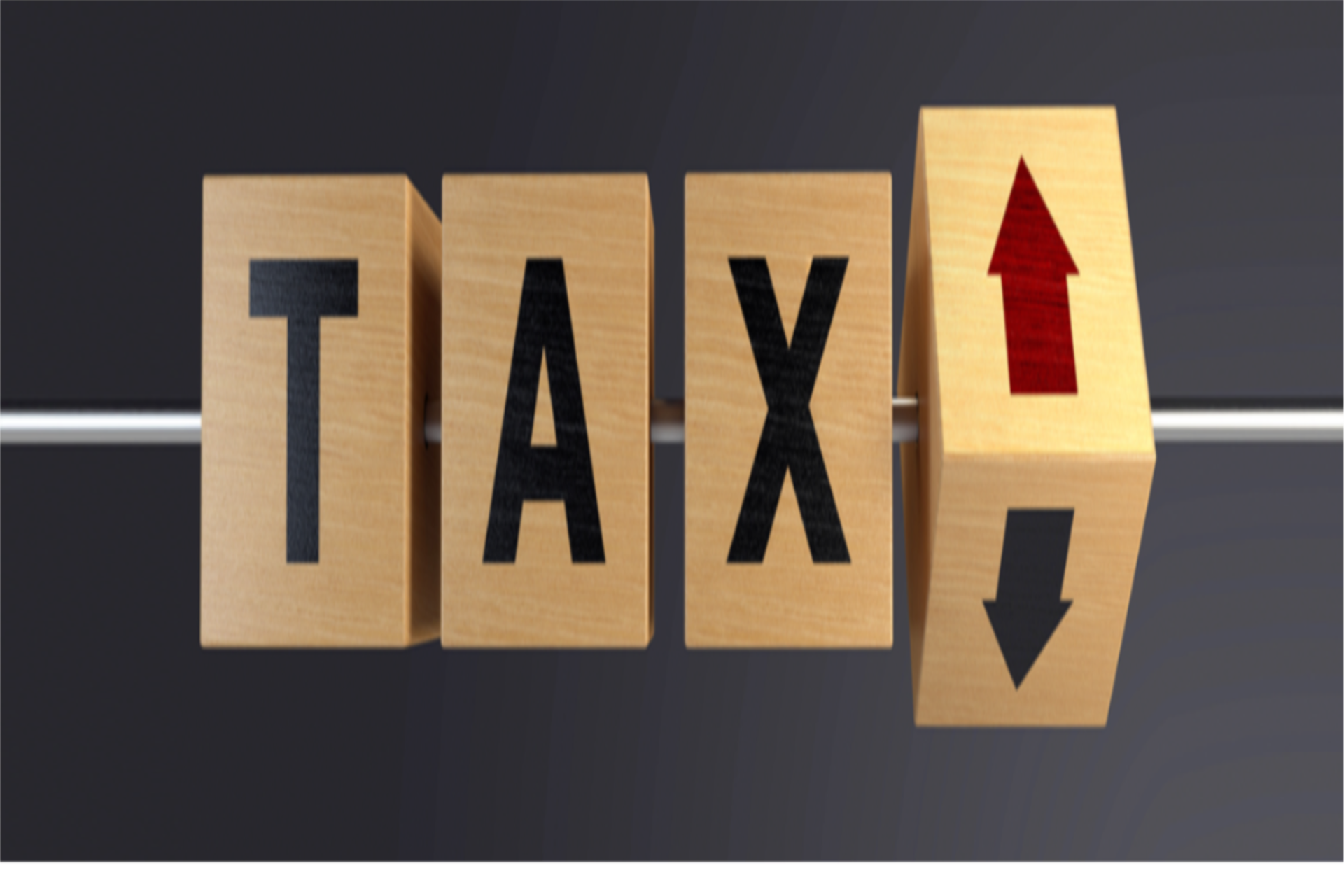Business Services

By Clarke McEwan
•
18 Apr, 2024
How much is my business worth? For many small business owners, their business is their largest asset and for many, one that is expected to help fund their retirement. But what is your business really worth and what sets a high value business apart? Every business owner is naturally curious about just how much their business is worth. However, for every business that sells at an attractive price, there are others that struggle to sell, let alone fetch a premium. The question is, what makes a difference? When you come to sell a business the first question is, what are you selling? In most cases, this is fixtures and fittings, plant and equipment, stock on hand, and the goodwill of the business. Generally, a buyer won’t want to purchase your liabilities or your business structure, nor will they want to collect your outstanding debtors. Most business sales become a sale of business assets. These assets are relatively easy to value with the exception of the goodwill. The value of plant and equipment and trading stock can generally be agreed. The tension tends to be around the value of the goodwill because goodwill is made up of many intangible assets that can’t be readily quantified. We can all agree that there is value in these assets but the question is, how much? Goodwill is basically the value of the future free cashflow of the business. Based on how your business is structured, it is the value of the profits the business can generate in the future. This is what a buyer is prepared to pay for. If a buyer has a reasonable certainty of profits and free cashflow in the future, then this is worth something. By comparison, a start-up business will have a higher level of risk and no certainty that profits can be generated. In general, a new business may need to trade for a number of years at a loss before it can establish itself and generate profits. Goodwill is what you are prepared to pay to avoid the risk and the ‘time to establish’ factor. So, what influences business value and what will people pay for? A history of profits, profits, and more profits Returns on capital invested (better than 30%) Strong growth and growth prospects Brand name and value A business not dependent on the owners A strong, verifiable customer list Monopoly income – exclusive territories A sustainable competitive advantage Good systems and procedures It is possible to get a price that is widely different from the norm. Unique businesses, unique circumstances, and unique opportunities can always produce ‘an out of the box’ price. If you can build something unique, then you may achieve a price beyond normal expectations. At the end of the day however, the market will set the price. If you are planning on selling your business, identify who your buyers might be. There could be a purchaser who is prepared to pay a large premium to own your business because of the accretive value or because it is pivotal to their growth strategy. And, even if you are not thinking about selling your business, the reality is that one day you will. If you build your business with this in mind, then you should look to do the things that will grow your business value from year to year.

By Clarke McEwan
•
01 Feb, 2024
Stage 3 personal income tax cuts redesigned The personal income tax cuts legislated to commence on 1 July 2024 will be realigned and redistributed under a proposal released by the Federal Government. After much speculation, the Prime Minister has announced that the Government will amend the legislated Stage 3 tax cuts scheduled to commence on 1 July 2024. Relative to the current Stage 3 plan, the proposed redesign will broaden the benefits of the tax cut by focussing on individuals with taxable income below $150,000. If enacted, an additional 2.9 million Australian taxpayers are estimated to take home more in their pay packet from 1 July. It's not how Stage 3 of the 5 year plan to restructure the personal income tax system was supposed to work, but a sharp escalation in the cost of living has reshaped community sentiment. As the Prime Minister said, “we are focussed on the here and now” and by default, not on long term structural change. The redesign will increase Government revenues from personal income tax by an estimated $28 billion to 2034-35 as bracket creep takes its toll. What will change? The revised tax cuts redistribute the reforms to benefit lower income households that have been disproportionately impacted by cost of living pressures. Tax rate 2023-24 2024-25 legislated 2024-25 proposed 0% $0 – $18,200 $0 – $18,200 $0 – $18,200 16% $18,201 – $45,000 19% $18,201 – $45,000 $18,201 – $45,000 30% $45,001 – $200,000 $45,001 – $135,000 32.5% $45,001 – $120,000 37% $120,001 – $180,000 $135,001 – $190,000 45% >$180,000 >$200,000 >$190,000 Under the proposed redesign, all resident taxpayers with taxable income under $146,486, who would actually have an income tax liability, will receive a larger tax cut compared with the existing Stage 3 plan. For example: An individual with taxable income of $40,000 will receive a tax cut of $654, in contrast to receiving no tax cut under the current Stage 3 plan (but they are likely to have benefited from the tax cuts at Stage 1 and Stage 2). An individual with taxable income of $100,000 would receive a tax cut of $2,179, which is $804 more than under the current Stage 3 plan. However, an individual earning $200,000 will have the benefit of the Stage 3 plan slashed to around half of what was expected from $9,075 to $4,529. There is still a benefit compared with current tax rates, just not as much. There is additional relief for low-income earners with the Medicare Levy low-income threshold increasing by 7.1% in line with inflation. It is expected that an individual will not start paying the Medicare Levy until their income reaches $26,000 and will not pay the full 2% until $32,500 (for singles). While the proposed redesign is intended to be broadly revenue neutral compared with the existing budgeted Stage 3 plan, it will cost around $1bn more over the next four years before bracket creep starts to diminish the gains. It’s not a sure thing yet! The Government will need to quickly enact amending legislation to make the redesigned Stage 3 tax cuts a reality by 1 July 2024. This will involve garnering the support of the independents or minor parties to secure its passage through Parliament – Parliament sits from 6 February 2024. How did we get here? First announced in the 2018-19 Federal Budget, the personal income tax plan was designed to address the very real issue of ‘bracket creep’ – tax rates not keeping pace with growth in wages and increasing the tax paid by individuals over time. The three point plan sought to restructure the personal income tax rates by simplifying the tax thresholds and rates, reducing the tax burden on many individuals and bringing Australia into line with some of our neighbours (i.e., New Zealand’s top marginal tax rate is 39% applying to incomes above $180,000). The three point plan introduced incremental changes from 1 July 2018 and 1 July 2020, with stage 3 legislated to take effect from 1 July 2024. What now? If you have any concerns about the impact of the proposed changes, please call us to discuss. For tax planning purposes, for those with taxable income of $150,000 or more, the redesigned Stage 3 tax cuts offer less planning opportunity than the current plan. But, any change in the tax rates is an opportunity to review and reset to ensure you are taking advantage of the opportunities available, and not paying more than you need.
Liability limited by a scheme approved under Professional Standards Legislation
Copyright Clarke McEwan Accountants & Business Advisors ©
| Site Map
| Privacy Policy
| Websites for accountants by Wolters Kluwer








